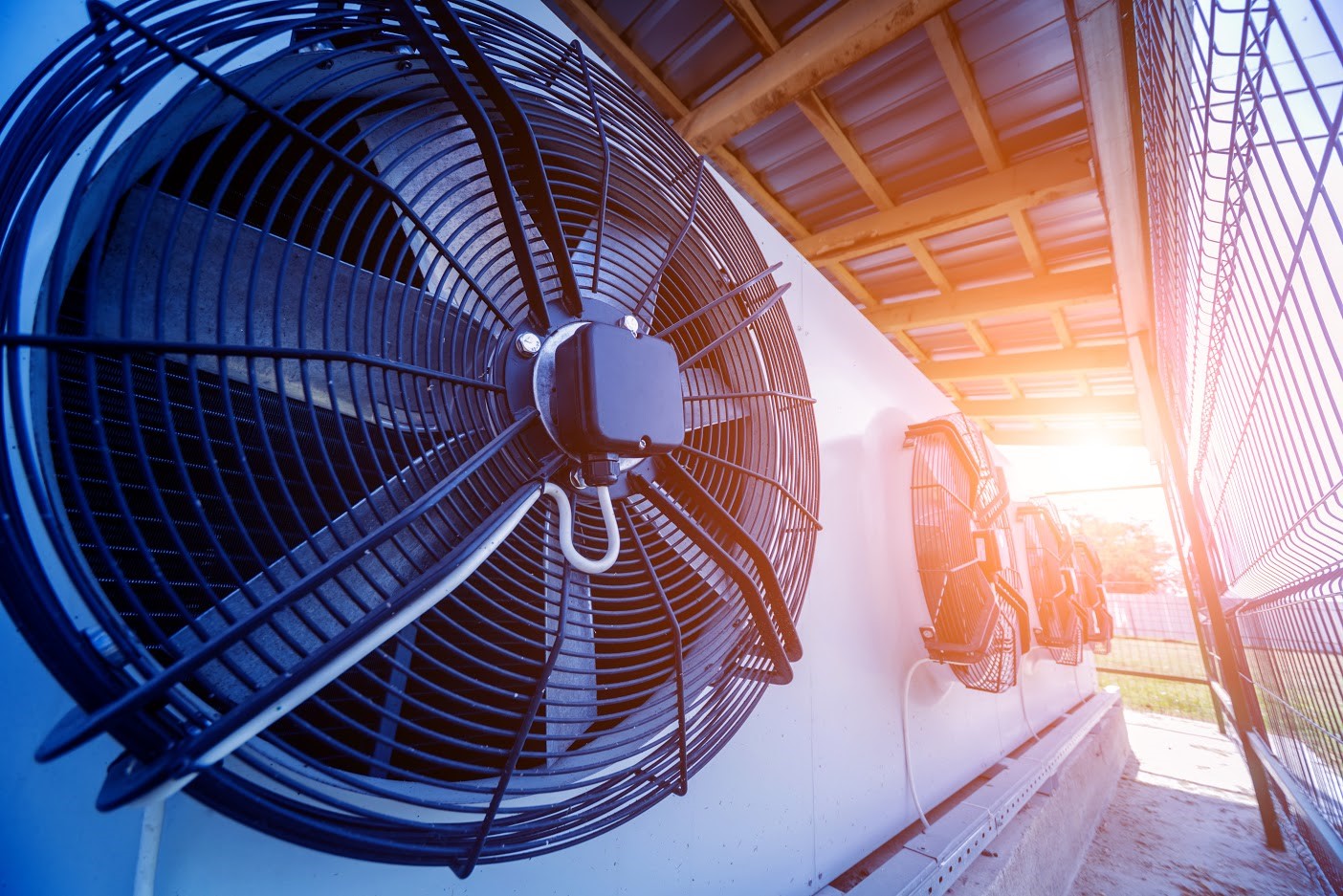Industrial fans are efficient and durable because they are made from durable materials and components that can withstand even the harshest air conditions. They support heavy-duty air flow and can operate longer hours while providing constant airflow. They are available in different sizes and materials like stainless steel and cast aluminum.
They are used for different reasons, like cooling significant commercial buildings and cooling for technical assembly performance. No matter the workstation size, constant airflow and circulation are needed to maintain your employees’ good health.
Types of Industrial Fans
The HVLS industrial fan comes in different types and is categorized by its motor, amount of air to be moved, and cooling area. Although the market is flooded with so many fans, they are broken down into two types that are axial and centrifugal fans.
The axial fan was introduced back in the 1880s due to the airflow direction it creates since its fan’s blades rotate in circles, drawing air into the panel from the axis and forcing the air out in the same direction. It creates enormous volumes of airflow with low pressure; the lower the pressure, the lower the power input it will need to function.
The centrifugal fan was invented in 1832; it operates as a blower and differs from the axial fan. It performs as a pump that swiftly pulls air, rotating the impeller, and then pushes the air out at 90 degrees from the direction of the coming air. It has a high-pressure air flow and requires a higher power input.
Uses of an Industrial Fan
Different industries use fans for various reasons, like
Circulate Harmful Chemicals
Chemical processing industries use fans to circulate chemicals that might be harmful out of the workstation and keep the temperatures cool. The fan will help dilute the contaminants from the workstation, lessening the toxic gases’ buildup in your working area.
The manufacturers built them to last; they can work long hours in harsh conditions and not fail. You can also use them if you want a quick drying process for paints, coatings, and finishes, meaning you will complete your task on time without compromising the product quality.
Material Handling
Suppose you want a safe way to remove dust, debris, sawdust, or plastic pellets, use the fan or a blower. It will circulate the air and keep the working station well ventilated for your employees. Additionally, these fans are tailored to stand any condition like abrasive, moist, and flammable environments.
As Cooler and Dryer
You can use industrial fans to keep the facility’s temperatures consistent. Since they circulate the air, they maintain comfortable environments for their workers. Some businesses use industrial fans to circulate air and moisture in a facility. The businesses include
- Spas
- Greenhouses
- Gyms
- Construction sites
- Restaurants and
- Bathrooms
Advantages of Industrial Fan
Highly Efficient
The fan becomes better as fan technology advances, and what we have on the market is a fan with maximized output and energy conservation. The recent fan designs are modified; they use airfoil blades to ensure thermal destratification, meaning the fan can maintain a cool temperature and reduce humidity in an industry. These fans help in saving energy since they use less power than air conditioners.
Enhance Wellness
When the air is well circulated, it reduces pollutants while regulating the humidity, thus safeguarding your employees’ health. Good ventilation will boost your workers’ productivity and reduce turnover. It also benefits commercial establishments’ customers since they can shop, dine, or work out in a good atmosphere.
Safe Conditions
Industrial fans create safe working environments for your employees in an industry. It helps ventilate the working area, reducing pollutants that may be hazardous to workers when they build up. The control of humidity controls overheating, product degradation, and mold buildup, making the environment more tolerable, improving your employees’ productivity, and saving production costs.
Conclusion
Industrial fans have so many benefits when installed in a facility. It will improve air circulation and reduce humidity, creating a better working environment for workers or commercial facilities. They have high performance and use less energy than air conditioners, saving energy costs. Since they are built with durable materials, they can stand in harsh environments and still give out their best performance.




